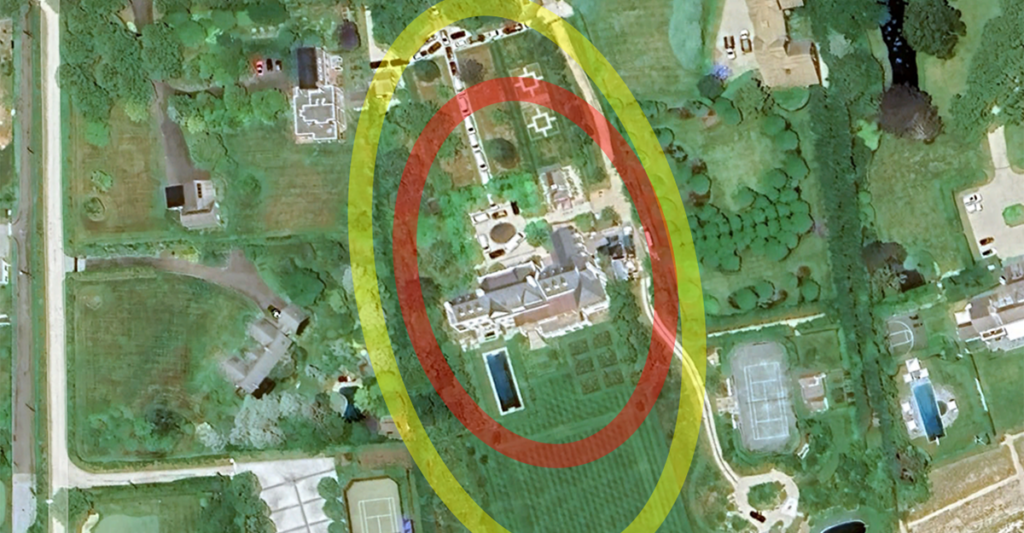A LAYERED APPROACH TO THREAT DETECTION AND MITIGATION, WITH ESCALATION
Cameras offer simple, but useful, detection of breach, yet still, humans monitoring 24×7 begin to miss anomalous activity after 24 minutes (MIT study) due to normal cognitive processing by the human brain. The brain gets “tired”, very quickly, after watching 24 screens in real-time. Even then, detections are only that which a trained eye can see. Still, we act upon what we see.
The concept of “curtains of detection” (COD) is a recommended deployment methodology leveraged by a variety of national level defense and homeland security agencies where various layers or stages of detection are metaphorically likened to “curtains”. Each “curtain” represents a different level or method of detection in the context of security, surveillance, technical collection, threat level, and even response workflows. Using Blueforce, curtains can “talk” to each other (digitally) and can inform response protocols, but also technical collection rules for storage of anomalous activity over time for proactive mitigation and/or anomaly collection (where there was not an immediate threat).
Specifically, each curtain can have its own threat definition, sensor types/modalities, trigger(s), fusion and cueing rules between “curtains”, and process frameworks:
- Threat definition(s): Detection of one or more potential threats specific to the curtain. The curtain may “fuse” one or more sensors for precision in threat detection. As well, wildlife, atmospherics (swaying trees due to wind) can be trained to delivers efficiencies in alarming and response.
- Sensor types and modalities: Each curtain can have a specific set of sensor types and modalities. Far edge may feature inexpensive signal sensors and/or infrared sensors that can detect simple (but non-threat intrusion) while second level curtains can be activated to do rapid threat analysis using more sophisticated sensors. In all cases, curtains communicate and corelate.
- Trigger rules, and then fusion and cueing rules: This is more akin to “escalation” where additional sensors can be turned on in one or more curtains behind the primary detection; each of those curtains have their own set of escalation rules and workflows to provide further analysis and precision with a goal of scaling human responders. As well, event data can be leverage for real time response, but ALSO storage specific to longitudinal capture for “recognitional support”.
- Notification frameworks: This gets to the high value end of “orchestration” where countermeasures can be triggered. An example of a countermeasure might be playing canned audio messages on a network Ip PA speaker, but also triggering strobes to warn off those approaching from the waterside and/or street side.
The idea behind COD is that there can be multiple layers or stages of detection, each serving to uncover or reveal information or activity. These layers work sequentially or in parallel to provide comprehensive coverage and understanding. BlueforceEDGE is our autonomous sensor fusion, cueing, and orchestration product that works in conjunction with BlueforceCOMMAND and our mobile products. To learn more, ping us at info@blueforcedev.com and/or call us at 866-960-0204.
